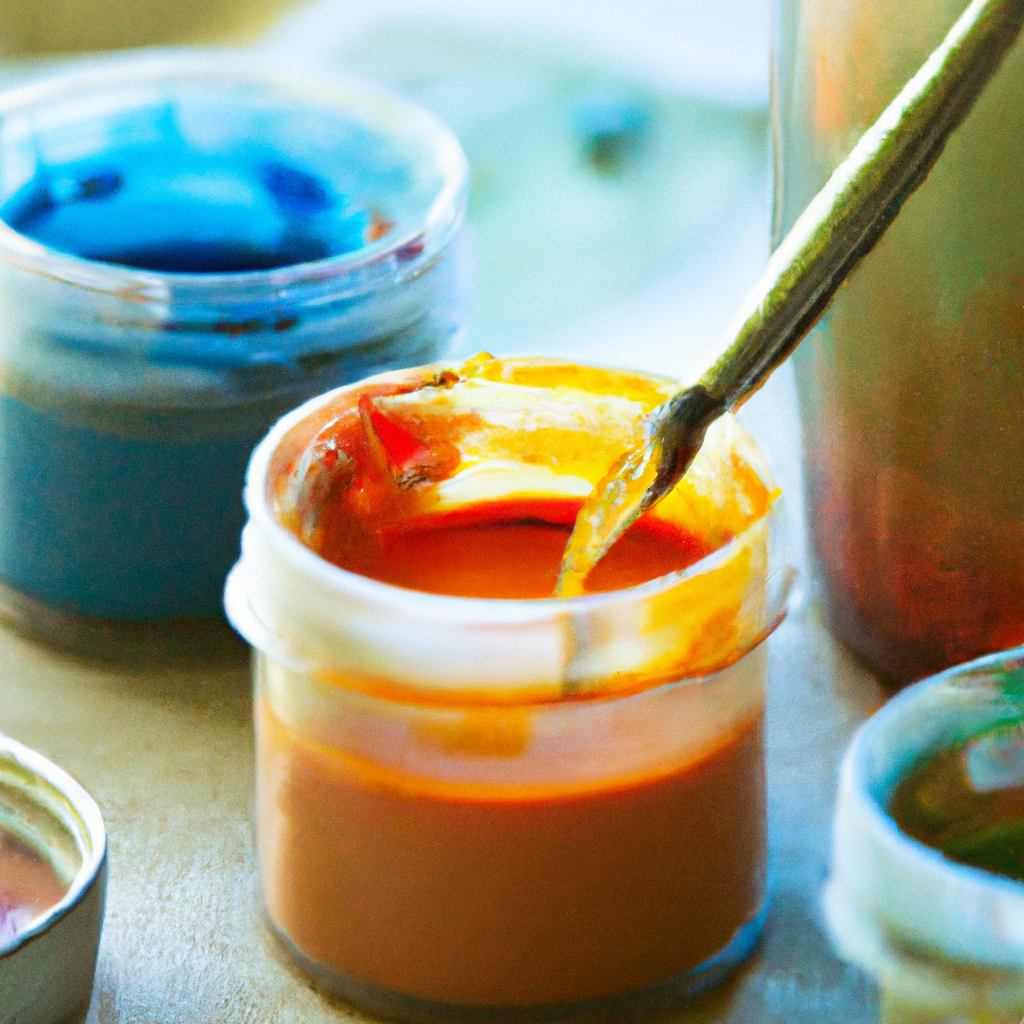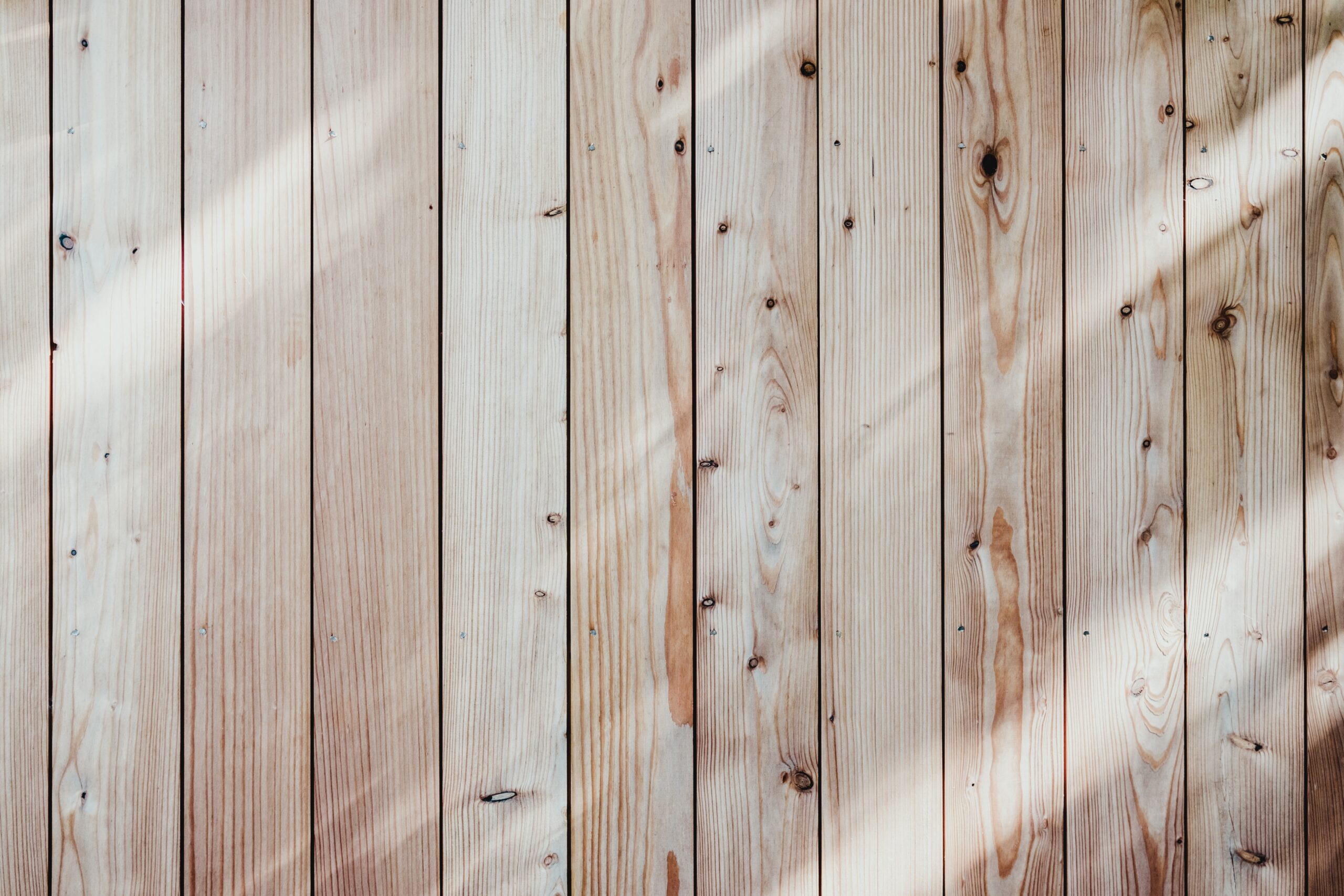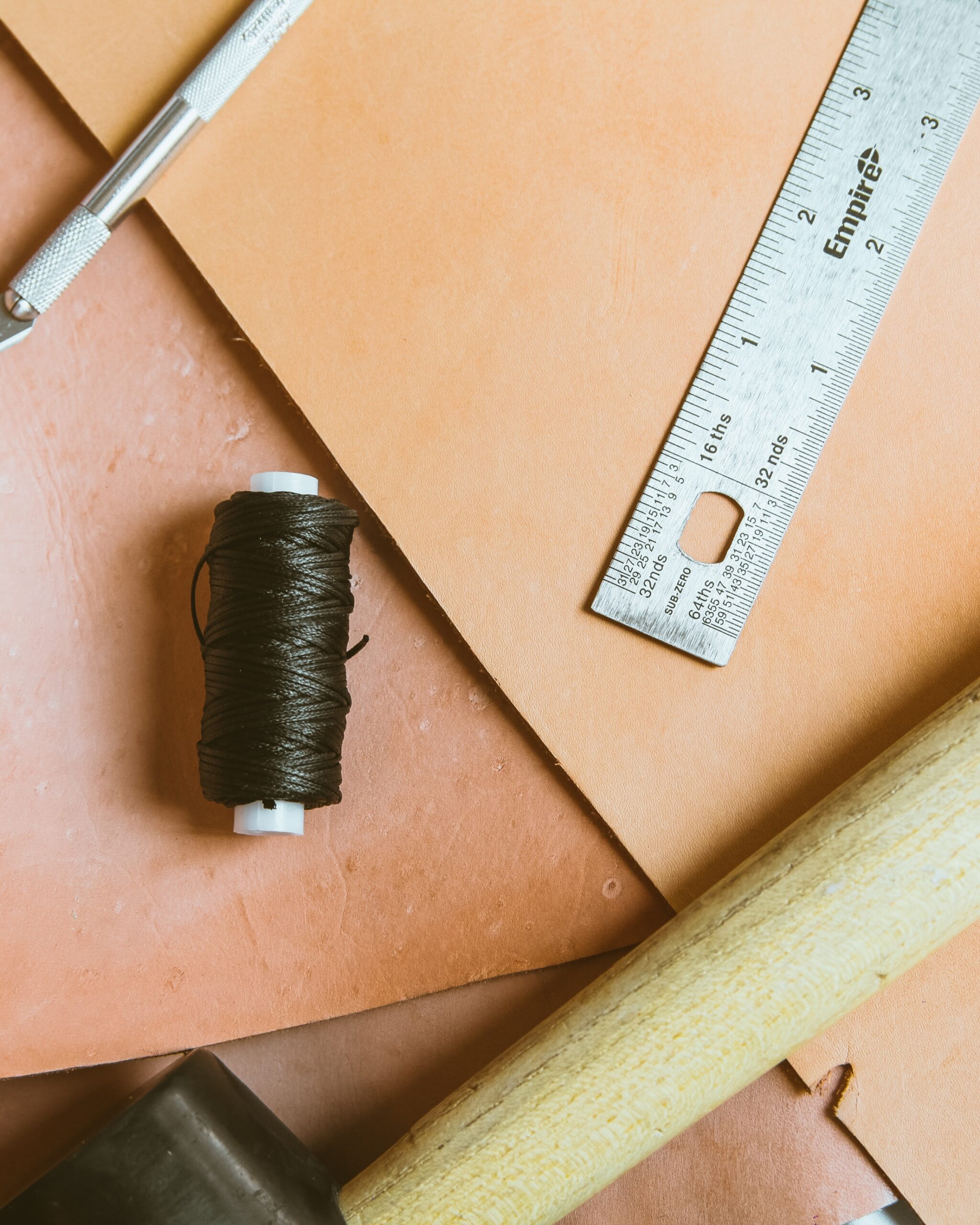Imagine being able to create your own custom acrylic paint colors, perfectly suited to your artistic vision. With just a few simple steps, you can transform plain pigment powder into vibrant and versatile acrylic paint. In this article, you will discover the secrets to making acrylic paint with pigment powder, allowing you to unleash your creativity and explore endless possibilities on your canvas. So, gather your supplies and get ready to embark on a colorful journey as you learn the art of creating acrylic paint from pigment powder.

This image is property of images.unsplash.com.
Materials Needed
To make acrylic paint with pigment powder, you will need the following materials:
Acrylic medium
Acrylic medium is the base for your paint, providing the binder that holds the pigment together. It also helps to enhance the flow and adhesion of the paint.
Pigment powder
Pigment powder is the colorant that gives your paint its hue. It comes in various colors and intensities, allowing you to create a wide range of shades.
Mixing palette
A mixing palette is essential for blending your acrylic medium and pigment powder. It can be a traditional artist’s palette or a simple disposable palette.
Paintbrush
A paintbrush is used to mix the acrylic medium and pigment powder together. Choose a brush with soft bristles that can handle the consistency of the mixture.
Measuring spoon
A measuring spoon ensures accuracy when measuring the acrylic medium. Different amounts of medium will affect the opacity and thickness of the paint.
Container for mixing
You will need a container to mix the acrylic medium and pigment powder. Choose a vessel that is easy to clean and has a lid to store any leftover paint.
Water
Water is needed to adjust the consistency of your paint. It helps thin out the mixture if it becomes too thick.
Disposable gloves
Wearing disposable gloves is important to protect your hands from any potential irritation or allergic reactions caused by the pigments or chemicals in the paint.
Masking tape
Masking tape can be used to hold down your paper or canvas, ensuring it stays in place while you work.
Newspaper or drop cloth
To protect your work surface from any spills or splatters, lay down newspaper or a drop cloth. This will make the clean-up process much easier.
Preparing Your Workspace
Before you start making your acrylic paint, it’s important to set up your workspace properly. Follow these steps to ensure a smooth painting process:
Choose a well-ventilated area
Acrylic paints contain chemicals that can release fumes, so it’s important to work in a well-ventilated area. Open windows or use a fan to keep the air flowing.
Cover your work surface
To protect your table or desk, cover it with newspaper or a drop cloth. This will prevent any accidental spills or stains from damaging your work area.
Set up all necessary materials
Gather all the materials you need, including the acrylic medium, pigment powder, mixing palette, paintbrush, measuring spoon, container for mixing, water, disposable gloves, masking tape, and newspaper or drop cloth. Having everything within reach will make the process more efficient.
Choosing the Right Pigment Powder
Selecting the right pigment powder is crucial for creating the desired color and quality of your acrylic paint. Consider the following factors:
Consider the color intensity
Pigment powders come in a range of intensities, from light to dark shades. Think about the vibrancy you want to achieve in your artwork and choose a pigment powder accordingly.
Check for lightfastness
Lightfastness refers to the pigment’s ability to resist fading or changing when exposed to light. Look for pigment powders that have a high lightfastness rating, especially if you want your artwork to last.
Determine the type of pigment
There are different types of pigments, such as organic and inorganic. Organic pigments are made from natural sources, while inorganic pigments are synthesized chemically. Consider which type suits your preferences and artistic style.
Measuring the Acrylic Medium
To start creating your paint, you need to measure the appropriate amount of acrylic medium. Follow these steps:
Pour the desired amount of acrylic medium
Refer to the instructions on the packaging of your acrylic medium to determine the recommended ratio of medium to pigment. Pour the appropriate amount into your mixing container.
Use a measuring spoon for accuracy
Using a measuring spoon ensures that you add the correct amount of acrylic medium. Too little medium can result in a thick, clumpy paint, while too much can make it too thin and transparent.

This image is property of images.unsplash.com.
Adding the Pigment Powder
Once you have measured the acrylic medium, it’s time to add the pigment powder. Follow these guidelines:
Start with a small amount of pigment powder
Begin by adding a small amount of pigment powder to the acrylic medium. You can always add more later if you want to intensify the color.
Gradually add more to achieve desired color
Slowly sprinkle more pigment powder into the mixture until you achieve the desired color. Mixing the paint thoroughly after each addition will help distribute the pigment evenly.
Mix thoroughly after each addition
Use a paintbrush to stir the mixture thoroughly after adding each increment of pigment powder. This will ensure that the color is fully blended and consistent throughout the paint.
Mixing the Paint
To create a smooth and well-mixed paint, follow these steps:
Stir the mixture with a paintbrush
Use a paintbrush to stir the mixture in a circular motion. Make sure to scrape the sides and bottom of the mixing container, ensuring that all the pigment is evenly dispersed.
Ensure the pigment is fully blended
Continue stirring until the pigment is fully blended and there are no clumps or streaks. This will result in a well-mixed paint with consistent color and texture.
Adjust consistency as needed
If the paint is too thick, add a small amount of water and mix again. If it is too thin, add a touch of acrylic medium to thicken it up. Adjusting the consistency will make the paint easier to work with.

This image is property of images.unsplash.com.
Testing the Color
Before using your newly created paint in your artwork, it’s essential to test the color. Follow these steps:
Apply a small amount of paint to a test surface
Using a clean brush, apply a small amount of your paint to a test surface, such as a spare piece of paper or canvas. This will allow you to see the color as it dries.
Allow it to dry and observe the color
Let the test paint dry completely and observe its color. It may appear slightly different when dry compared to when it’s wet, so take that into consideration.
Make any necessary adjustments
If the color is not what you expected or desired, make any necessary adjustments. You can add more pigment powder to intensify the color or adjust the consistency if needed.
Storing the Paint
If you have any leftover paint or want to save the paint for future use, follow these steps to store it properly:
Transfer the paint to an airtight container
Pour the remaining paint into an airtight container, such as a small jar or plastic tub. This will prevent the paint from drying out and becoming unusable.
Label the container with the color and date
To ensure you can easily identify the color of the paint and keep track of its age, label the container with the color name and the date you made it.
Store in a cool, dry place
Find a cool and dry place to store your paint. Extreme temperatures or exposure to direct sunlight can affect the paint’s quality and consistency.

Clean-Up
After you have finished making your acrylic paint, it’s important to clean up properly. Follow these steps:
Wash your brushes and mixing tools immediately
Clean your brushes and mixing tools immediately after using them. Rinse them thoroughly with water and mild soap until all the paint is removed. This will prevent the paint from drying and damaging your tools.
Dispose of any used materials properly
Dispose of any used gloves, masking tape, and newspaper or drop cloth appropriately. Check your local disposal guidelines to ensure you are following the correct procedures.
Safety Precautions
When working with acrylic paint and pigment powder, it is essential to prioritize your safety. Take the following precautions:
Wear disposable gloves and a mask
To protect your skin from potential irritation and your respiratory system from inhaling any particles, wear disposable gloves and a mask throughout the process.
Avoid ingestion and eye contact
Acrylic paint and pigment powder are not meant to be ingested, so avoid eating or drinking while working with these materials. Additionally, be mindful to avoid direct eye contact to prevent any irritation.
Work in a well-ventilated area
Ensure that you are working in a space with good ventilation to minimize any potential exposure to fumes. Open windows or use fans to keep the air circulating.
By following these steps and precautions, you can confidently create your own acrylic paint with pigment powder. Enjoy the process and let your creativity flow onto the canvas!




